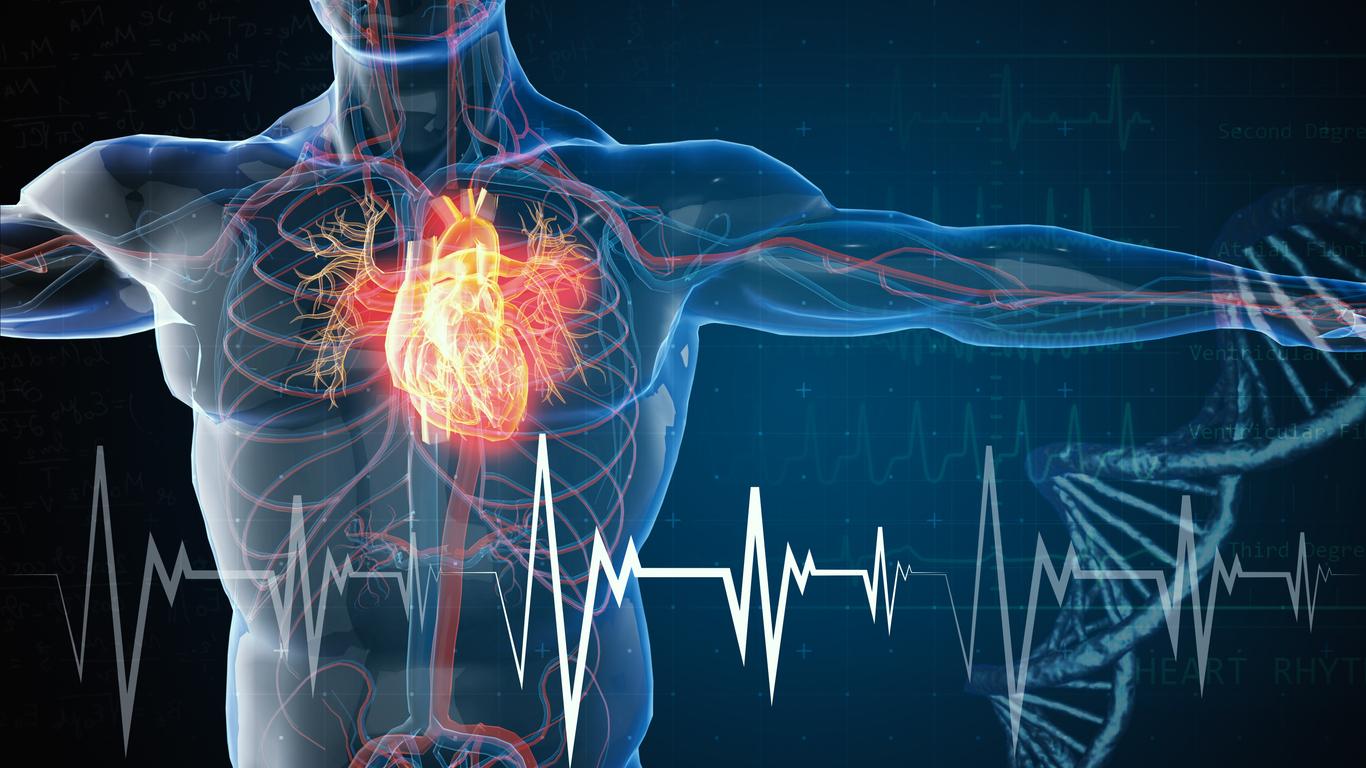A vest that can map the heart’s electrical activity could be used to better identify patients at high risk of sudden cardiac death.

- British scientists have developed a reusable vest to better identify people at high risk of sudden cardiac death.
- This device, comprising 256 sensors, makes it possible to map the electrical activity of the heart in the smallest details.
- After testing it on 77 patients, the authors judged it to be reliable, durable and could be used to “evaluate the impact of medications.”
In your sleep, behind your computer, in the shower… Sudden death in adults can occur at any time and affect anyone. According to the Heart and Research Foundationit is defined as “a natural death with sudden loss of consciousness within an hour following the onset of symptoms, in a subject with or without known heart disease”. In France, sudden adult death affects 60,000 people per year and occurs three to four times more often in men than in women.
Sudden death in adults: a reusable vest, quick to use and comprising 256 sensors
Recently, researchers from University College London (England) revealed that they had found the solution to better identify people at high risk of sudden death. As part of a study, published in the journal Journal of Cardiovascular Magnetic Resonance, they have developed an electrocardiographic imaging vest (ECGI), which is quick to use, as the time required for each patient is five minutes. This jacket is reusable because it uses dry electrodes, which can be washed between uses, rather than metal electrodes which require a layer of gel between the electrode and the skin.
The latter makes it possible to map the electrical activity of the heart, which until now is rare and required a catheter inside the heart cavity, or was carried out using expensive devices that took a long time to install and involving radiation. In detail, the electrical data provided by the vest’s 256 sensors can be combined with detailed images of heart structures taken by MRI to generate 3D digital models of the heart and the waves of electrical activity passing through it.
The vest is reliable in mapping the electrical activity of the heart
To test their system, the team recruited 77 people. After an experiment, the authors found that the vest was reliable and durable. Since then, the vest has been used successfully on 800 patients suffering from conditions, such as hypertrophic cardiomyopathy and dilated cardiomyopathy. Scientists say better knowledge of risks would help clinicians identify people in need of a defibrillator, which saves lives but can also cause harm if they emit unnecessary shocks.
“In addition, the vest can be used to assess the impact of medications, new cardiac devices and lifestyle interventions on heart health,” said Dr Gabriella Captur, co-author of the work, in a statement.


















